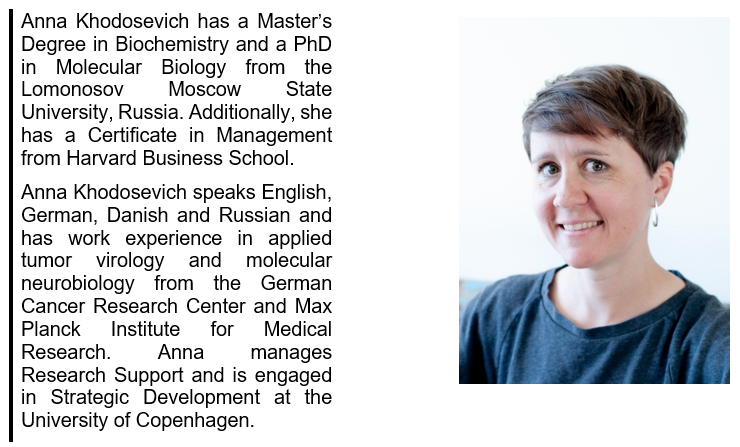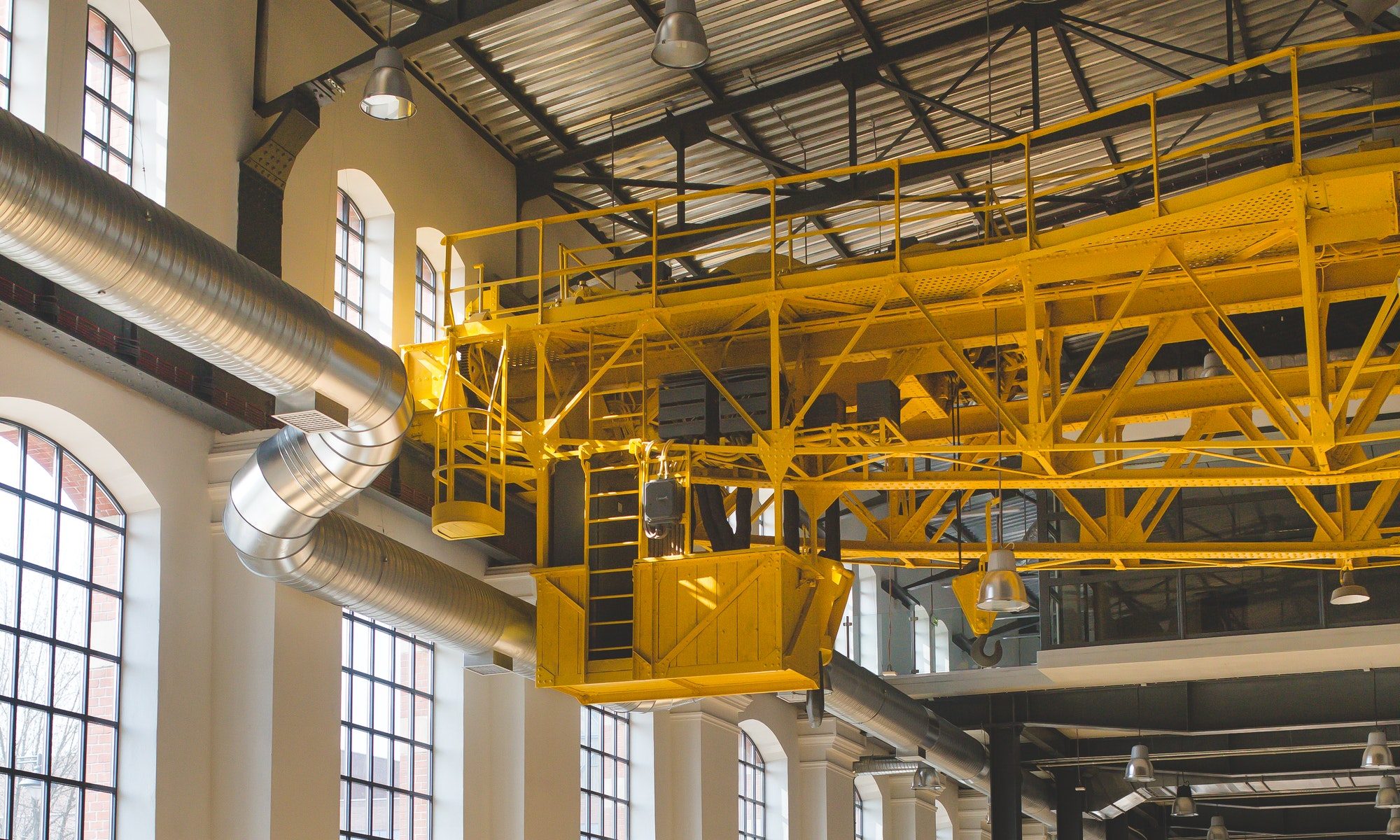At Q7 Consulting, we are aware that Change happens faster and more frequently than ever. As a result, Change Management and Leadership within organizations are essential pillars for success.
The people we interview are from all around the world, have outstanding professional trajectories and attained success within their roles. They have essential leadership traits, are influential within their organizations and have experience implementing and managing Change.
In this tenth episode of our new series, we interview Anna Khodosevich, a Senior Scientific Consultant and Strategic Research Support Coordinator at Drug Design and Pharmacology sector.

Please find below the main questions addressed in our interview with Anna Khodosevich and her answers to the same.
What have been your takeaways from managing Change?
Change is a constant that we need to learn to live with, whereas constant learning processes are simply crucial. Organizations and people who do not take pace might become redundant and less able to compete. While managing change, one needs to bring a lot of empathy to the process as people might need very different approaches. For example, during the COVID pandemic, Change Management has been an easy practice with some people, while being an unattractive and burdensome perspective for others, because it added an additional layer to the Changes that were already going on. Emotions and behavior are a big part of the process, so it is important to pay a lot of attention to them.
You also have to be aware of the work culture in the country you operate in.
What is your advice to people who start managing major Changes in organizations for the first time?
I would recommend collecting as much intelligence as possible, try to understand the behavioral traits in the organization, make a map of allies who are ready for the Change and plan the unfreeze stage of the process based on that. Definitely try to find people in your network who have already been involved in the process and discuss their takeaway from it. Don’t expect things to work smoothly all the time, practice patience. Be prepared that people might leave during the process – take it as a new opportunity to form the new organization according to the Changes introduced by hiring people who see the potential in such a development. Be consistent.
Approaching the process as ‘unfreeze-Change-refreeze’ is a scheme I am sticking to.
What was your role in making Changes in the organization and were the Changes clearly linked to the mission and vision of the company?
I am establishing a new structure in our organization, it’s a new system with a new function and new service. The mission and vision of the department and the Change are clearly linked.
How did your company support you in getting ready to lead / manage Change?
Fortunately, I have full support and freedom of implementation as well as trust from the leadership which is a big thing in such a process. Continuous training on the subject is supported by leadership as well.
What strategies worked and did not work to communicate the Changes and what strategy did you use to generate a sense of urgency with people?
A lot of private conversations, understanding the pains and insecurities, trying to make it more bottom-up. Making a map of allies with people who believe the Change is needed and working with them, using the positive experience of people who already applied the new processes and constantly communicating the advantages of the new approaches with numbers and facts. It is important to use the language that will help to deliver the message to people. As a former scientist myself I have an advantage of speaking the language of the current workplace. Additionally, I make analysis of the current situation and offer solutions of how to use a systemic approach to help reduce the time and energy consumption and improve outcomes at the same time.
Important to be aware of which stage of Change people are at. Some will need a more proactive communication and others will need a gentler and more understanding approach.
How did you approach planning Changes? How well were the Change plans followed and how did you approach Changes to the plans?
I clearly communicate the concept many times in front of forums on different levels and bring up the advantages of the system usage as well as present the results already obtained. Visibility is one of the main things, together with constant revision and fine-tuning of plans according to the current circumstances. I always keep the overall vision and goals in mind and keep them all aligned. For me it’s more of an agile approach and design thinking.
What strategies did you use to attain milestones and make achievements visible?
Important to define deliverables in the beginning and adjust the actions always keeping the deliverables in mind. Reviewing the results in a particular time frame and communicating positive developments on a big forum is very important. Analytics – I visualize the current state and then revisit it and show the results achieved in numbers, by collecting the information (analyzing and visualizing it).
What did you do to keep people committed? What did you do to keep people from going back to old ways?
Proactively communicating throughout the process, reaching out with new developments and showing the achievements. Making the information accessible.
Establishment of new, easy and convenient processes described in a very accessible manner which would make people use them instead of going back to the old practices.
Important to remind people the new ways of work and show them, if possible, by applying those new practices yourself. Coaching here might be really beneficial.
Did you underestimate or overestimate what was needed to be done to achieve Change?
Both. The more experience you get the better practices you develop. Some aspects were over- and some underestimated. I am always trying to overestimate a bit, as it gives you some space to maneuver. Especially, if you are involved in the transformative Change where there are too many variables that are needed to be modified. Nevertheless, some people surprise me as I underestimate their desire for Changes, and it is usually a pleasant surprise.
What worked and what did not work in planning and executing Changes?
To give people a possibility to express their fears, insecurities and listen to their concerns.
Constant monitoring and review of the process implementation, getting back to the mission, goals, deliverables, adjustment of the process by continuous dialogue with the leadership team. A lot of clear and detailed communication, understanding the behavioral traits of this particular branch and taking local work culture into account.
Top-down approach in this particular work setting is not as efficient, therefore I try to avoid it.
